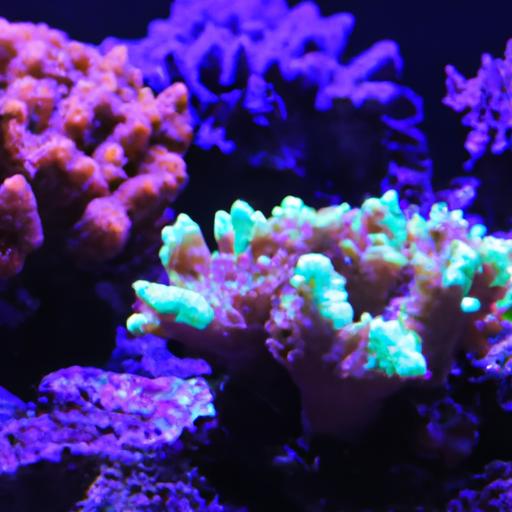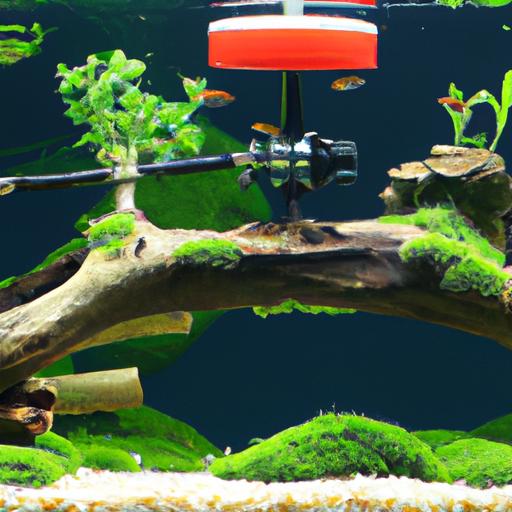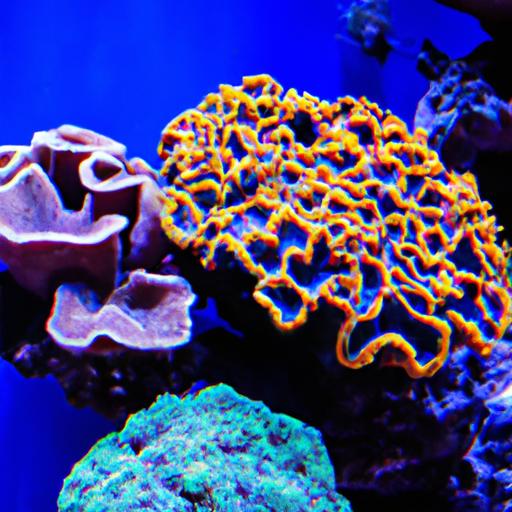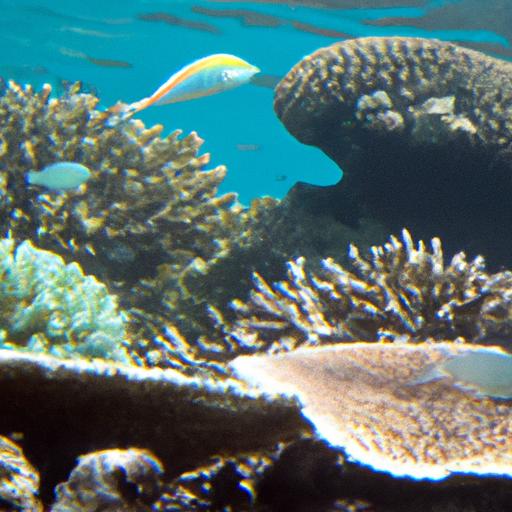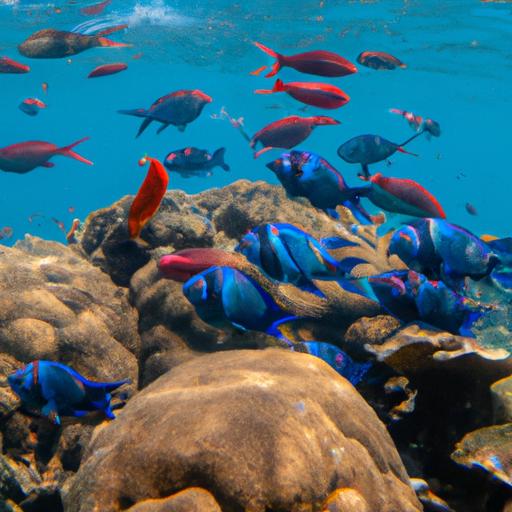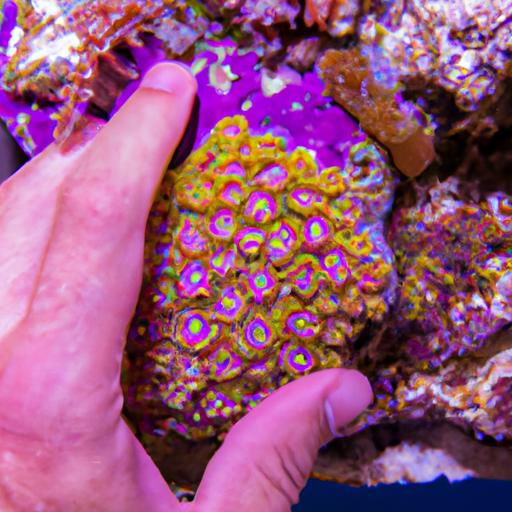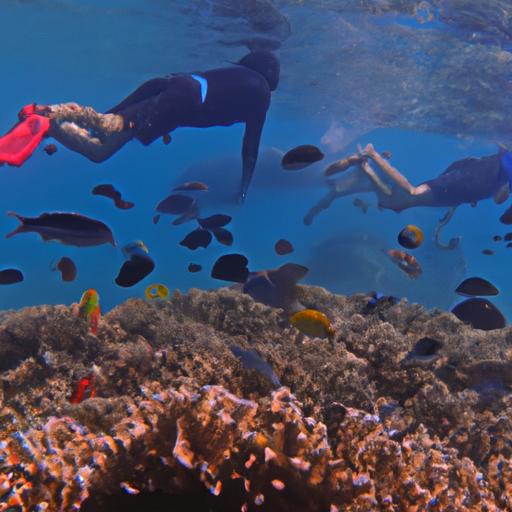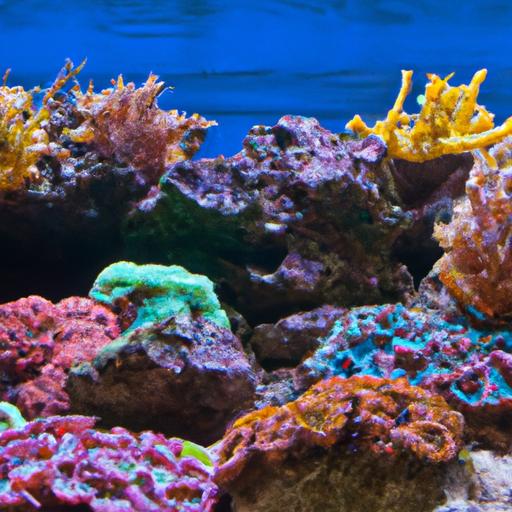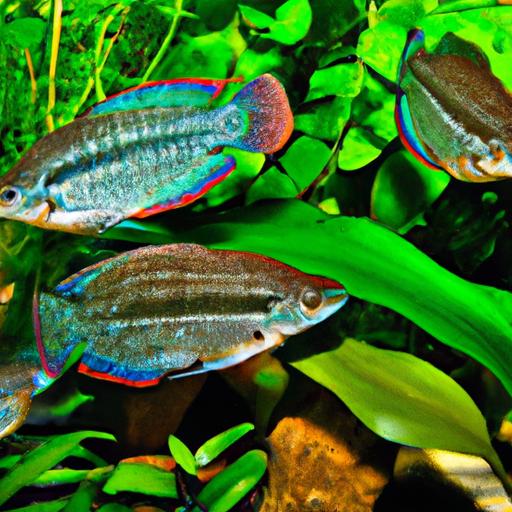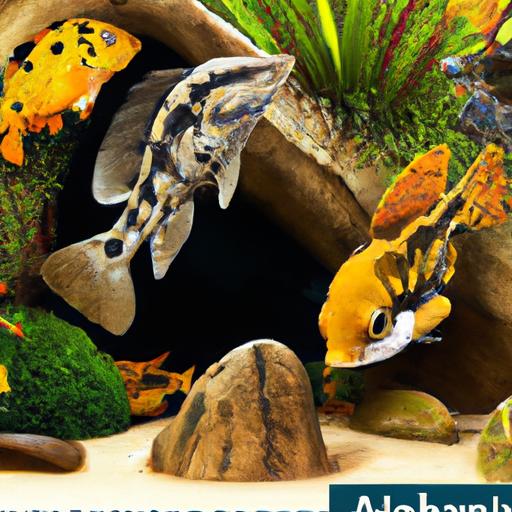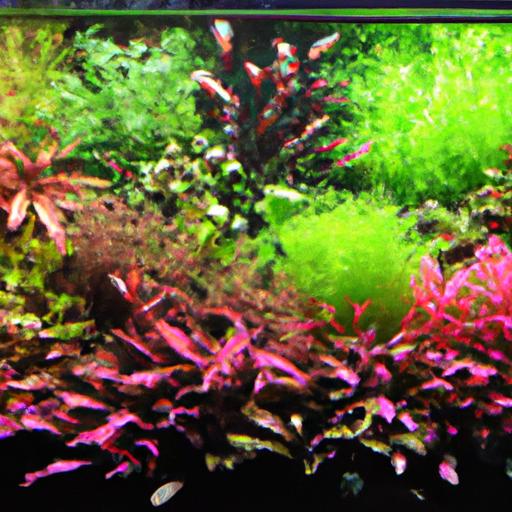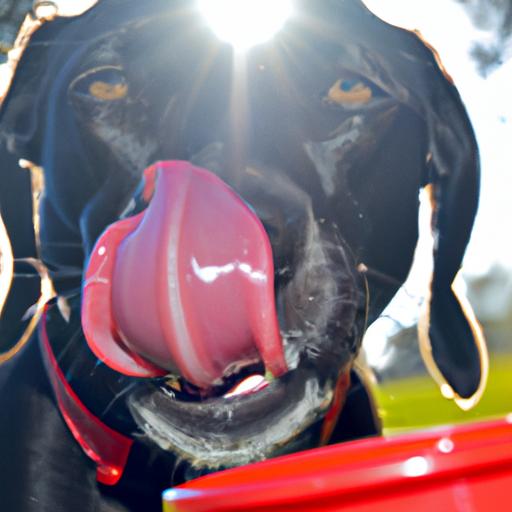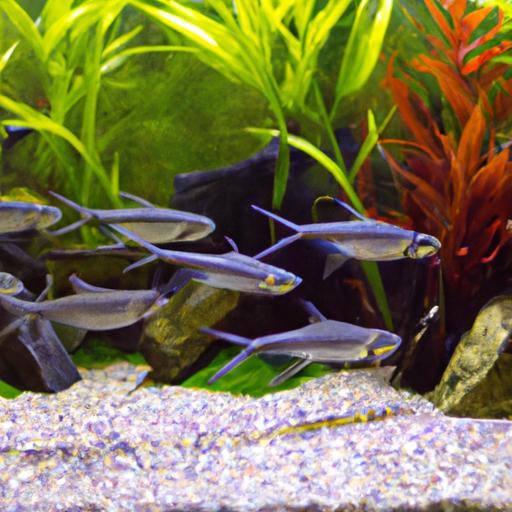Adapting Your Tank to Coral Spawning Events: What to Expect
Learn how to adapt your tank to coral spawning events. Discover what to expect and how to create the perfect environment for successful reproduction.
Introduction
If you’re a passionate marine aquarium enthusiast, you know that coral spawning events are a fascinating and important phenomenon. Witnessing corals reproduce in your tank is not only a visually stunning experience but also a sign of a healthy and thriving ecosystem. However, to ensure successful coral spawning, it’s crucial to adapt your tank accordingly. In this article, we will guide you through the process, providing valuable insights and tips on what to expect when preparing your tank for coral spawning events.
Adapting Your Tank for Coral Spawning Events
Before we delve into the details of coral spawning, it’s essential to understand the biology and behavior of corals during this process. Corals typically spawn during specific times of the year, triggered by environmental cues such as water temperature and lunar cycles. By closely monitoring these factors, you can anticipate when your corals might be ready to spawn.
One of the critical aspects of preparing your tank for coral spawning is providing optimal lighting conditions. Corals rely on light cues to synchronize their spawning, so ensuring proper lighting intensity and spectrum is crucial. Adjusting your tank’s lighting schedule to mimic natural conditions can significantly increase the chances of successful spawning.
Maintaining water quality and temperature is another vital factor. Corals are sensitive creatures, and any fluctuations in water parameters can disrupt their reproductive process. Regular water testing, proper filtration, and maintaining stable temperature levels are imperative to create an ideal environment for spawning.
Implementing proper circulation and flow patterns in your tank is equally important. Corals release their gametes into the water column, and without sufficient water movement, fertilization may not occur. Strategically positioning powerheads or wavemakers to create gentle yet consistent flow throughout the tank can enhance the chances of successful spawning.
FAQ: Common Questions about Adapting Tanks to Coral Spawning Events
1. What are the signs that corals are ready to spawn?
Signs of impending coral spawning include swollen polyps, increased mucus production, and visible gametes in the water. Additionally, observing other corals in your region or seeking guidance from experienced aquarists can help you anticipate spawning events.
2. Can all coral species be induced to spawn in a tank?
While not all coral species can be induced to spawn in a controlled environment, many popular aquarium corals have been successfully induced to spawn. However, it’s important to note that specific conditions and techniques may be required for each species.
3. How long does the spawning process usually last?
The spawning process can vary depending on the species, but it typically lasts several hours to a few days. It’s crucial to monitor your tank closely during this time to ensure you don’t miss the opportunity to witness and capture the event.
4. Are there any risks or challenges associated with coral spawning in tanks?
Coral spawning events can introduce some risks and challenges. Increased organic matter in the water can affect water quality, and the release of gametes may attract predators. Proper planning, preparation, and monitoring can help mitigate these risks.
5. How can I maximize the chances of successful coral spawning in my tank?
To maximize the chances of successful coral spawning, ensure you create a stable and optimal environment by maintaining water quality, providing appropriate lighting, and promoting proper water circulation. Additionally, research specific spawning cues and requirements for the coral species in your tank.
Conclusion
In conclusion, adapting your tank to coral spawning events is a rewarding endeavor that requires careful consideration and preparation. By understanding the biology and behavior of corals during spawning, providing optimal lighting conditions, maintaining water quality and temperature, and implementing proper circulation, you can greatly increase the chances of successful coral reproduction in your tank. Embrace the marvels of coral spawning and contribute to the conservation of these remarkable organisms. With the right approach, you’ll be able to witness nature’s magic unfold within the confines of your own marine aquarium.
